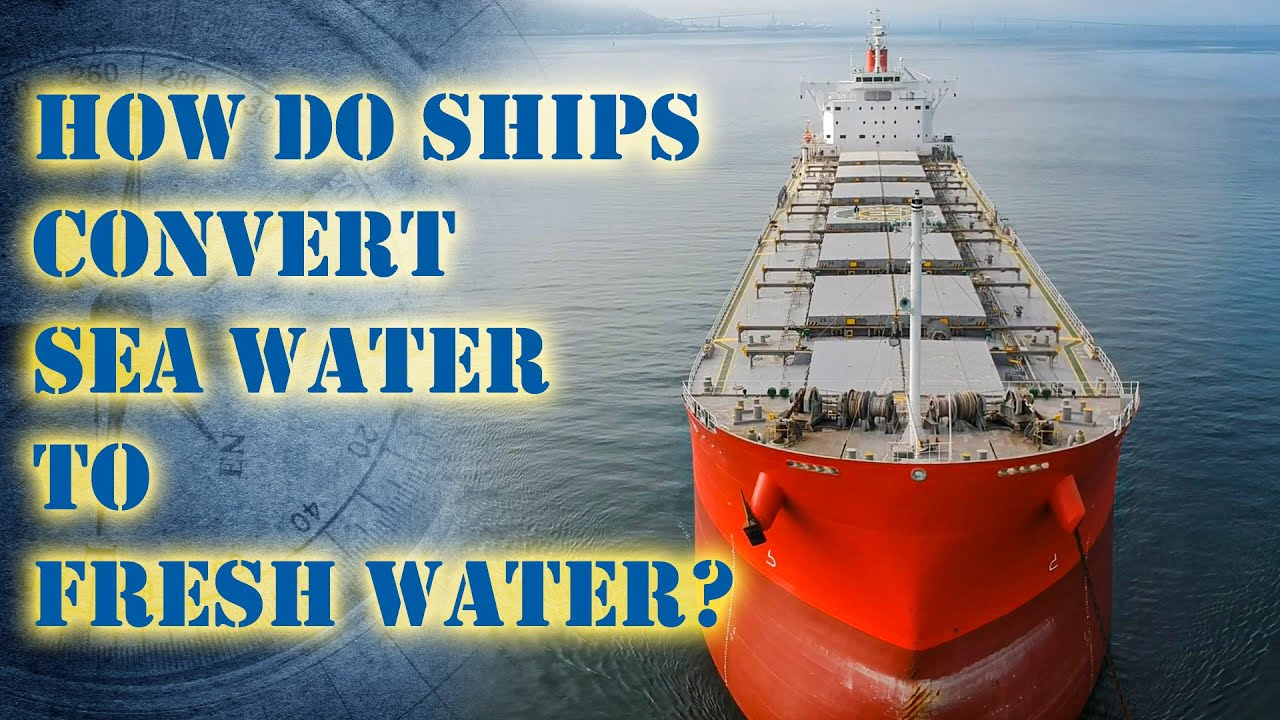Evaporation |⚡3d animation | Class 9, Chemistry |
Summary
TLDRThis educational script explores the process of evaporation, detailing how heat causes sea water to vaporize, leaving behind salt. It explains that evaporation occurs at the liquid's surface and is influenced by temperature and wind speed. The script also delves into the cooling effect of evaporation, drawing a parallel to the cooling effect of sweat on the human body. Further, it covers the concepts of condensation, freezing, and sublimation, illustrating these with everyday examples. Lastly, it touches on the impact of pressure on the states of matter, using the example of a gas cylinder to explain the liquefaction of gases.
Takeaways
- 💧 Evaporation is the process where a liquid turns into vapor at temperatures below its boiling point.
- 🌊 Seawater absorbs heat and evaporates, leaving behind dissolved salts, demonstrating a natural example of evaporation.
- 🏞️ Shallow quarries or 'buns' are constructed near seas to increase the surface area for rapid evaporation, similar to spreading clothes to dry.
- 🌡️ Evaporation rates are influenced by the temperature of the surroundings, with higher temperatures leading to faster evaporation.
- 💨 Wind speed affects evaporation by moving water particles quickly and reducing the amount of water vapor in the surroundings.
- 🧊 Evaporation causes cooling as liquid particles absorb energy from the surroundings, similar to the cooling effect of sweat on the skin.
- 🌤️ Cotton clothes are effective in summer as they absorb sweat, which includes the latent heat of vaporization, providing a cooling effect.
- 🌧️ After evaporation, water vapor condenses and returns to Earth as rain, illustrating the water cycle's continuous process.
- 🧊 The condensation of water vapor is observed as droplets forming on the outside of a cold water bottle, a common everyday phenomenon.
- ❄️ Freezing is the process where a liquid turns into a solid when the temperature falls below its freezing point.
- 🌬️ Sublimation is the process where a solid turns directly into a gas upon heating, and vice versa for a gas turning into a solid upon cooling, as demonstrated with ammonium chloride.
Q & A
What is evaporation and how does it occur?
-Evaporation is the process where a liquid changes into vapor at any temperature below its boiling point. It occurs only at the surface of the liquid, such as when sea water absorbs heat from the surroundings and vaporizes, leaving behind dissolved salts.
Why are shallow quarries or 'buns' built near the sea?
-Shallow quarries or 'buns' are built near the sea to provide a relatively large surface area for water to evaporate quickly, similar to how clothes are spread out on a clothesline to dry faster.
How does the temperature of the surroundings affect evaporation?
-Evaporation is faster at higher temperatures. For example, clothes dry faster on a sunny day than on a cloudy day because of the higher temperature.
What role does wind speed play in the evaporation process?
-Wind speed increases the rate of evaporation by moving the particles of water more quickly, reducing the amount of water vapor in the surroundings.
Why does evaporation cause cooling?
-Evaporation causes cooling because the particles of liquid absorb energy from the surroundings to change into vapor. This absorption of energy makes the surroundings cooler.
How does wearing cotton clothes in summer help in cooling?
-Wearing cotton clothes in summer helps in cooling because the sweat absorbs heat from the body, which is equal to the latent heat of vaporization, thus providing a cooling effect.
What happens after water evaporates?
-After water evaporates, the water vapor condenses and falls as rain, returning to the earth's surface in liquid form.
What is the phenomenon observed when an ice-cold water bottle is left on a table for a few minutes?
-When an ice-cold water bottle is left on a table, water droplets form on the outer surface due to condensation. This happens as the water vapor in the air condenses on the cold surface of the bottle.
What is the process called when a liquid converts into a solid?
-The process where a liquid converts into a solid when the temperature is lowered below its melting or freezing point is called freezing.
Describe the sublimation process as mentioned in the script.
-Sublimation is the process where a solid changes directly into a gas upon heating without first becoming a liquid, and a gas changes directly into a solid upon cooling without becoming a liquid first. This is demonstrated in the experiment with ammonium chloride crystals.
How does pressure affect the interconversion of the states of matter?
-Pressure affects the interconversion of the states of matter by allowing gases to be compressed and liquefied. For example, when the knob of a domestic gas cylinder is opened, the pressure is released, and the gas gushes out because it was stored in liquid form under high pressure and low temperature.
What principle is used in the liquefaction of air to separate its components?
-The principle of increasing pressure and lowering temperature is used in the liquefaction of air to separate its components, as gases can be liquefied under these conditions.
Outlines

This section is available to paid users only. Please upgrade to access this part.
Upgrade NowMindmap

This section is available to paid users only. Please upgrade to access this part.
Upgrade NowKeywords

This section is available to paid users only. Please upgrade to access this part.
Upgrade NowHighlights

This section is available to paid users only. Please upgrade to access this part.
Upgrade NowTranscripts

This section is available to paid users only. Please upgrade to access this part.
Upgrade NowBrowse More Related Video

To Separate a Saltwater Mixture by Evaporation

Separating rock salt

How Ships Convert Sea Water to Fresh Water | Chief MAKOi Study Call Ep 04

Eureka 18 - Evaporation & Condensation.mov

Latent Heat and Sensible Heat Explained | Humidity | Animation | #hvac #hvacsystem #hvacmaintenance

Separation Techniques: Evaporation to Dryness
5.0 / 5 (0 votes)